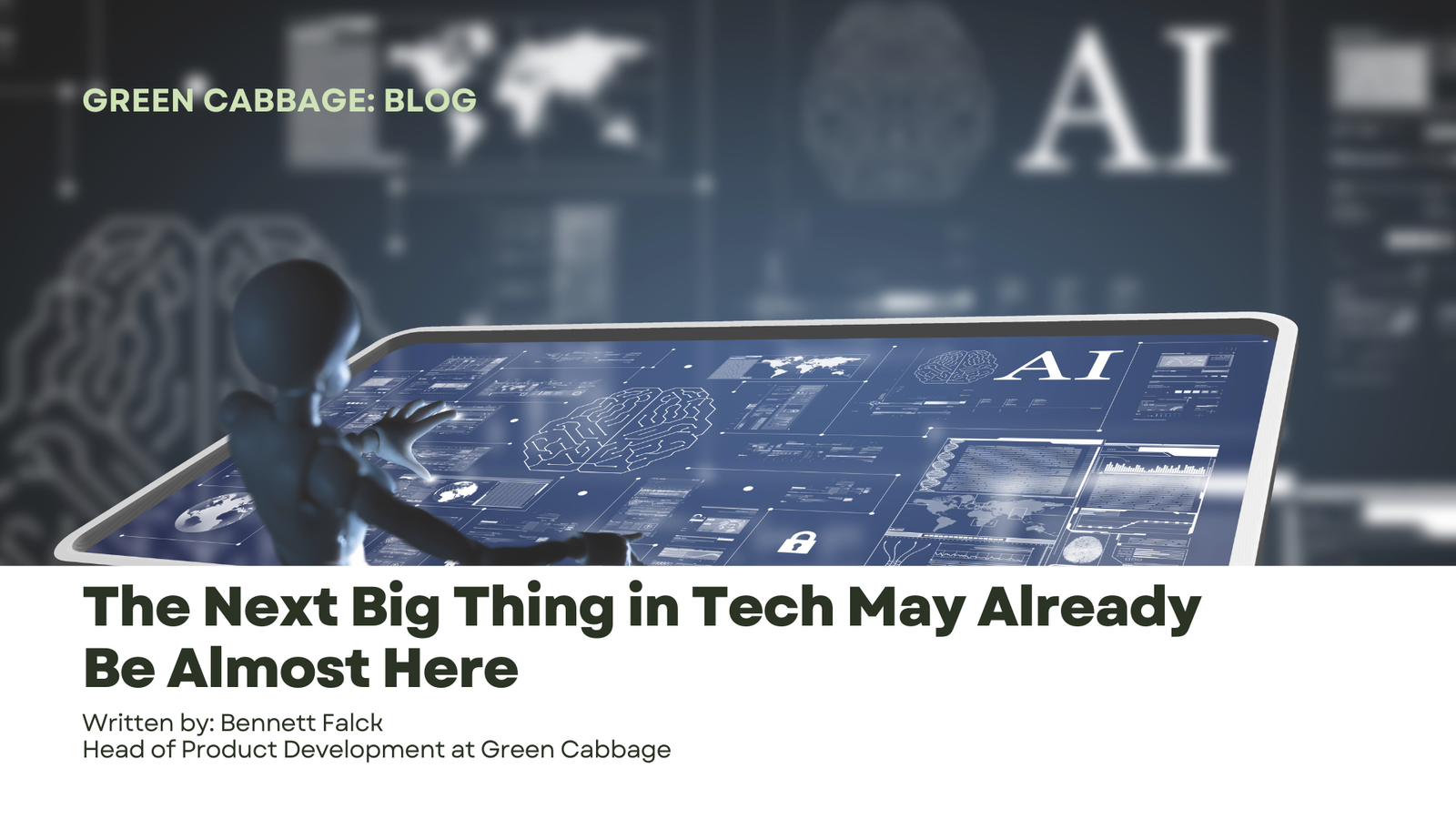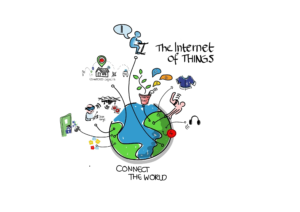Predicting the Next Big Thing in Tech What Experts Are Saying
Predicting the next big thing in tech is a thrilling pursuit, constantly captivating innovators and investors alike. This dynamic field, fueled by rapid advancements and evolving consumer needs, demands keen observation and careful analysis. Essentially, it’s about identifying emerging patterns and anticipating how technological innovations might reshape our world. This article delves into the methods employed by experts to predict the future of technology. We’ll analyze current market trends, examine the insights of industry leaders, and discuss the potential pitfalls to consider when assessing emerging technologies. We will also explore the factors driving these predictions and how they can inform your own strategic decisions. This detailed guide will explore several key facets that lead to successful predictions.
1. Understanding the Landscape of Tech Prediction
1.1 Defining the Challenge
Predicting the next big thing in tech is a complex process, requiring a deep understanding of various factors. It’s not just about identifying emerging technologies; it also involves anticipating their impact on society, culture, and the economy. Market research plays a critical role in this process, uncovering unmet needs and desires among consumers.
1.2 Identifying Key Drivers of Change
Several key factors contribute to the development of new technologies. First, technological advancements build upon past innovations, leading to exponential growth in capabilities. Second, changing consumer behaviors influence the direction of product development, as tech companies strive to meet evolving needs and preferences. Third, funding and investment from venture capitalists and other sources significantly impact which technologies gain traction.
1.3 Analyzing Current Market Trends
Market research provides valuable insights into current trends and emerging demands in the tech industry. Examining sales figures, user preferences, and social media discussions helps gauge the level of interest and potential adoption for new technologies. This data-driven approach is crucial for identifying emerging patterns and understanding consumer behavior.
1.4 The Role of Industry Experts
Experts in the field, from venture capitalists to technology analysts, play a significant role in guiding predictions. Their insights are often based on years of experience, market analysis, and a deep understanding of technological landscapes.
1.5 Acknowledging the Challenges in Prediction
Predicting the future is inherently challenging. While experts try their best to anticipate trends, unexpected events or disruptive innovations can dramatically alter the trajectory of technological progress.
2. Unveiling the Methods of Forecasting
2.1 Analyzing Historical Trends
One common approach is examining historical trends and patterns to identify recurring themes and potential future developments. Studying past technological advancements and their adoption patterns can provide insights into the factors driving current trends.
2.2 Market Research and Consumer Insights
Market research is vital in identifying evolving consumer needs and desires. Understanding how consumers interact with technology and what problems they seek to solve is crucial for anticipating future product development. This often involves extensive surveys, focus groups, and tracking online behavior.
2.3 Technology Trend Analysis
Analyzing current technological trends allows us to forecast potential future developments. Examining the pace and direction of innovation in various fields, like artificial intelligence, biotechnology, and quantum computing, provides a roadmap for anticipating future technological milestones.
2.4 Expert Opinions and Forecasts
Experts’ opinions and predictions, gleaned from their experience and industry knowledge, often carry significant weight. Their perspective can offer valuable insights, pointing to areas of potential growth and disruption.
2.5 Scenarios and Projections
Considering various scenarios and projections helps identify potential paths for technological development. Developing a range of possibilities, from optimistic to pessimistic, enables a more comprehensive understanding of the uncertainties involved in predicting future trends.
3. Case Studies and Examples
3.1 The Rise of Mobile Technology
The rise of smartphones and mobile computing is a compelling case study. Early predictions about the adoption of mobile devices likely couldn’t have anticipated the pervasive influence smartphones would have on daily life. The transition from feature phones to smartphones illustrates how quickly technology can transform and evolve.
3.2 The Impact of Artificial Intelligence
The field of artificial intelligence (AI) presents a compelling case study. Initial predictions about AI’s impact on various sectors were probably limited. Now, AI has applications in many fields, prompting new predictions about its future role.
3.3 Virtual and Augmented Reality
The evolution of virtual reality (VR) and augmented reality (AR) exemplifies the impact of consumer demand on technological advancements. Early adopters and increasing market trends driven by evolving needs significantly influenced the development and implementation of these technologies.
3.4 The Evolution of the Internet
The internet’s evolution illustrates the unpredictability of technological progress. Initial predictions about the internet’s impact likely underestimated its global reach and the ways it would fundamentally change society.
3.5 Examining the Challenges of Predictions
Sometimes, predictions fail to materialize as anticipated. A thorough understanding of technological progress’s complexities is crucial to avoid such scenarios.
4. The Role of Data in Prediction
4.1 Accessing and Analyzing Data
Access to relevant data is paramount for predicting future trends. This includes understanding market dynamics, consumer behaviors, technological advancements, and industry insights.
4.2 Utilizing Statistical Models
Statistical models can be employed to analyze data and identify patterns. These models can help in identifying correlations between variables and forecast future trends with a reasonable degree of accuracy.
4.3 Leveraging Big Data Analytics
The explosion of data, often referred to as big data, provides unparalleled opportunities for trend analysis. Sophisticated techniques allow for deeper insights into consumer preferences and technological advancements, enhancing the accuracy of predictions.
4.4 The Limitations of Data-Driven Predictions
Data-driven predictions have their limitations, with the potential for biased data sets or incomplete datasets obscuring the full picture.
4.5 Refining Prediction Models Continuously
Prediction models should be regularly refined and updated to reflect changes in the technological landscape and evolving consumer behavior.
Related Post : The Role of Green Technology in Combating Climate Change
5. Strategies for Staying Ahead of the Curve
5.1 Continuous Learning and Development
Stay informed about technological advancements and emerging trends. Follow industry leaders, attend conferences, and participate in workshops to enhance your understanding.
5.2 Adaptability and Innovation
Be open to adapting to changing market trends and embrace innovative approaches to problem-solving.
5.3 Networking and Collaboration
Connect with industry experts, researchers, and peers. Collaboration facilitates knowledge sharing and enhances predictive capabilities.
5.4 Investment in Research and Development
Invest in research and development to stay at the forefront of technological progress. Keep exploring new ideas, technologies, and trends.
5.5 Risk Assessment and Mitigation
Always assess risks and develop mitigation strategies when dealing with novel technologies.
In conclusion, predicting the next big thing in tech is a fascinating and complex endeavor. Experts use various methods, from analyzing market trends to understanding consumer needs, to make educated guesses. While no method guarantees accuracy, the insights shared here can help you stay informed and anticipate future developments. Be prepared to embrace the unexpected and adapt to the ever-evolving technological landscape. Explore emerging technologies and follow industry experts to get a clearer picture of future possibilities! Visit our website to read more and stay updated on the ever-changing tech landscape.
Share this content:














Post Comment